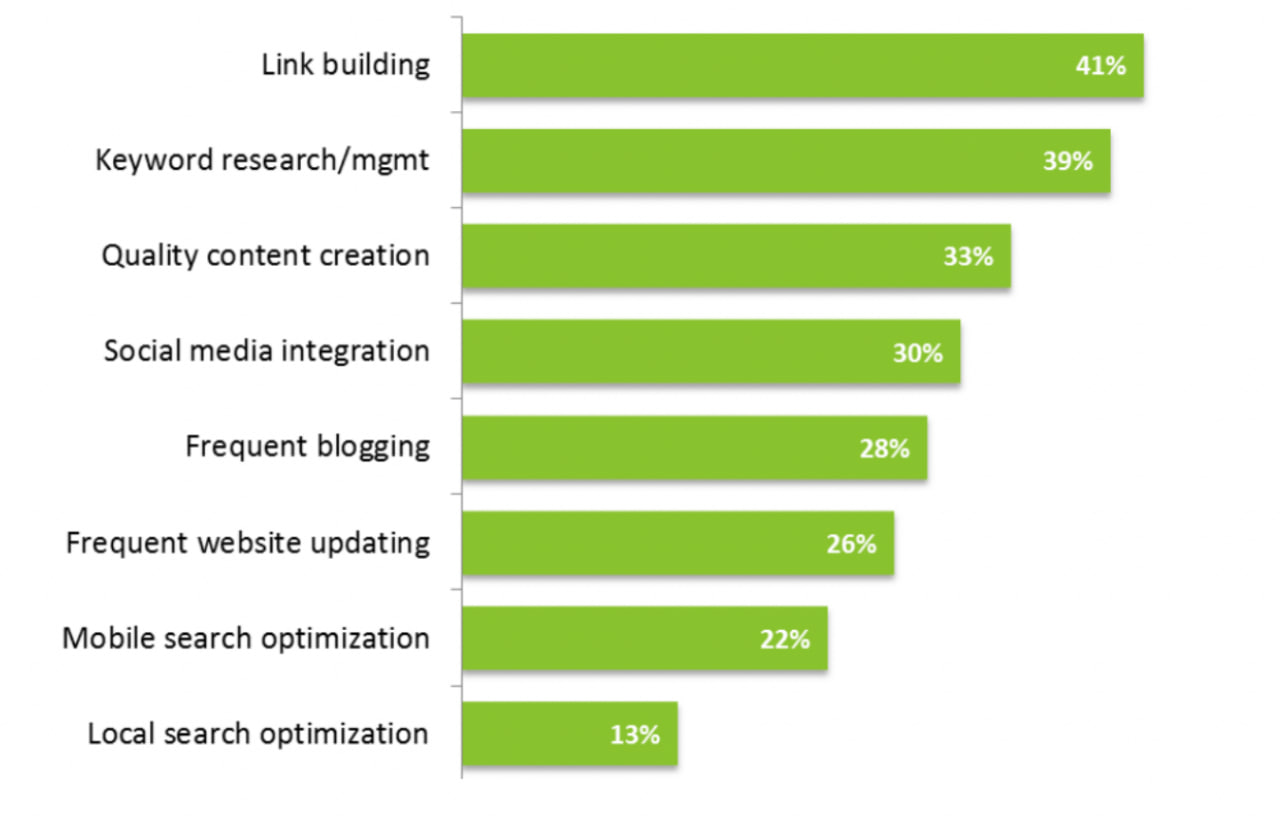Most people scroll fast. They catch headlines, a few bold words, and then move on. Around 73% of readers only skim blog posts, while just 27% take the time to read everything, according to Ahrefs. That single number shows how small the window is to hold someone’s focus.
A post that is not set up for the target audience correctly risks being forgotten before the second paragraph. But when the text is shaped with care, it can draw search traffic again and again. That is where SEO comes in, quiet but steady, helping the right eyes land on the right words. There are ways to write a SEO friendly blog post that make a post easier to find, easier to read, and harder to ignore. Five steps, tested in practice, can make the difference.

Choose the Right Topic for Your Blog Post
The topic of an SEO-friendly post is the hook. It sets the limits, gives direction, and shows readers what they can expect. Search engines also need this clarity. That is why picking the right subject is the first move toward strong SEO. It is the part where success begins.
How to Choose a Topic
Start writing SEO articles by looking at your audience. What questions do they ask? What problems do they face? A topic that solves something practical always has value. Next, check keywords. If people search for it often, the subject has traffic potential. A headline that mixes both interest and search terms works best. OptinMonster found that headlines with 6 to 13 words pull in the most traffic.
Length can also guide the choice. Posts over 3,000 words are 2.5 times more likely to do well in both ranking and engagement. That means some topics are better because they give room to expand. For example, a broad “guide” fits high-quality content, while a focused “how-to” fits shorter writing.
Numbers to Remember
SEO blog writing is alive. Ahrefs reports that 77% of internet users read blogs regularly. That wide reach only grows if the subject is chosen with care.
Some businesses turn to outsourcing SEO services to get help with topic choice and blog optimization tips. For them, picking what to write is not only about ideas but also about strategy. The first decision sets the tone for all the rest.
Create Engaging Meta Tags
Meta tags are small pieces of text, but they carry weight. They tell search engines what the page is about and show users why they should click. If the title and description are weak, the page risks being ignored in crowded results. Nearly 96.55% of web pages get no organic traffic, Ahrefs reports. That number alone shows how important it is to get this part right.
Key points to remember:
- Title length should stay between 50 and 60 characters. Shorter titles miss detail, longer ones may get cut.
- Meta description works best between 140 and 160 characters. It needs to give enough context but remain clear.
- The target keywords in the title help search engines connect the page to user intent. Place the main keyword near the start.
- A brand name at the end of the title builds trust and recognition. It also makes the result look professional.
- Meta description drives CTR. A good description is often the reason a person clicks your page instead of another.
Meta tags are not just for search engines. They speak directly to the reader in the results. A title that is the right length, with the keyword up front and the brand closing it, sets the frame. A concise, clear, and inviting SEO blog post description helps turn impressions into visits. With millions of pages never reaching an audience, strong meta tags give your blog a real chance to be seen.

Add Main Keywords to Your Text
Keywords are the link between what people search and what your content provides. They tell search engines where your page fits and help readers see if it matches their search intent. If you use them in creating SEO friendly content without thought, the text feels forced. If you place them right, the page earns both visibility and trust.
Use Keywords in Headings
Headings carry more weight than regular text. When the target keyword appears in an H2 or H3, it signals the subject clearly. Search engines use this as a map, and readers scan headings first when skimming. Remember that most users do not read word-for-word. They want quick answers. Headings with the right keywords make scanning easier and give context at a glance.
Why Keywords Matter
Wordstream shows that 56% of buyers use queries with three or more words, and only 7% type a single word. That means people are not just looking for “insurance” but for “an affordable home insurance plan.” Phrases like these are more specific, less crowded, and closer to purchase intent. Writing with these longer terms in mind helps capture the audience that is ready to act.
Tools That Help
Choosing target keywords is not guessing. Software such as Surfer SEO and Semrush can show you what terms people actually search. They suggest both high-volume and niche keywords. They also help compare difficulty and opportunity. Writers often start with SEO tools before drafting content, making sure the topic and the wording align with real demand.
LSI Keywords
Latent Semantic Indexing keywords, often called LSI, are words related to the main phrase. If your article is about “fitness apps,” LSI terms could include “workout tracker,” “calorie counter,” or “exercise log.” These help search engines understand context. They also make the SEO marketing blog sound natural because people rarely repeat the same phrase again and again when talking.
Quick tips:
- Put the main keyword in the first paragraph.
- Use variations in subheadings.
- Blend LSI terms naturally in the flow of the text.
- Avoid stuffing. Repetition looks forced and harms readability.
Correct target keyword use is not about volume but about placement and context. Tools guide the choice, headings highlight the focus, and LSI terms create balance. When done right, the page becomes easier to find and easier to read.

Make Proper Linking
Links are not just small blue words in a text. They guide readers, keep them moving through a site, and tell search engines how pages connect. A blog with no linking is like a house with no doors. Readers hit a wall and leave. Conductor reports that 41% of SEO experts believe link building gives the most value of all tactics. That number shows how much weight linking carries in the bigger picture of SEO.
Internal and External Links
Links come in two main forms. Internal ones lead to another page within the same site. External ones send the reader away to a different domain. Both types have their place.
- Internal links help search engines crawl deeper. They also guide readers to related posts, service pages, or product pages. A blog article about “local SEO tips” could link to the company’s “SEO services” page, giving both context and a path to conversion.
- External links point outward. They add credibility by showing that your content is backed by reliable sources. But here it is important to close them with a Nofollow attribute. That way, you keep authority on your own site while still referencing others.
Types of Linking in Blogs
Not all links serve the same role. Blogs can use them in different ways:
- Contextual links inside the main text. These flow naturally within sentences and provide the most SEO value.
- Navigational links, such as “related posts” at the end of an article. They keep users browsing.
- Call-to-action links that lead directly to service pages or offers. These are commercial in nature and connect a blog to sales.
A good blog uses all three. Ignoring one makes the structure weaker.
Why Internal Linking Matters
Search engines follow links like roads. A page with no incoming internal links becomes hard to find, even if it is published. Internal linking spreads authority across the site. It also helps highlight which pages matter most. If service pages are never linked from blogs, they risk staying buried. By connecting blogs to these key pages, you turn casual readers into potential clients.
External Links and Trust
External linking shows openness. If you quote research, statistics, or another trusted blog, linking out makes your post stronger. But you do not want to give away too much authority. This is why the Nofollow tag exists. It tells search engines not to pass ranking strength to the other site. Readers still get the reference, but your site keeps its weight.
Balance in Linking
Too many links make text look messy. Too few, and the post feels empty. The right balance gives flow without distraction. Place links where they add value, not where they interrupt. Think of them as paths, not decorations.
Quick practices:
- Always link service pages from blog content.
- Add contextual links early in the text.
- Use descriptive anchor text, not vague phrases like “click here.”
- Limit external links, and close them with Nofollow.
- Review old posts and update links as your site grows.
Proper linking does two jobs at once. It helps search engines understand your site and gives readers a smoother way to move through it. Internal links keep attention inside, guiding visitors toward the pages that matter, while external ones provide support and credibility when needed.

Do Not Forget to Optimize Images
Pictures are not only decoration. They carry meaning, give breaks to the eye, and can even bring visitors through image search. But when not optimized, they slow the page, make loading heavy, and weaken the results in search. Image work is part of SEO and part of user comfort.
Alt Text
Search engines cannot see photos. They read words attached to them. Alt text is that short line. It should be simple and clear, like “a child reading in a library.” If a keyword research fits, add it naturally. It also helps people using screen readers, making the content open to more users.
Image Weight Optimization
Large files hurt speed. A page that takes long seconds to load will lose readers. Tools such as TinyPNG or built-in CMS plugins can cut the weight while keeping quality. Formats matter as well. JPEG for photos, PNG for graphics, WebP for modern, lighter use.
File Name
“IMG_1000.jpg” tells nothing. A name like “seo-friendly-blog.jpg” gives context. File names are small, but they add another clue for search engines. They also help site owners keep track of images over time.
SEO-friendly content built with these five steps has a stronger chance of being read, shared, and remembered. It respects the reader’s time while giving search engines clear signals. In a space where most pages are ignored, taking care with each step turns a blog into something that lasts.


